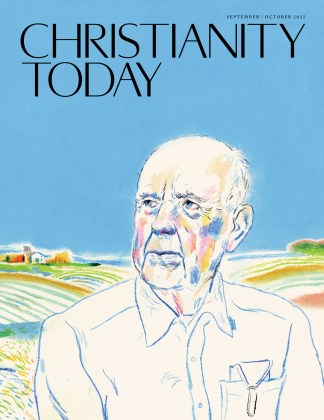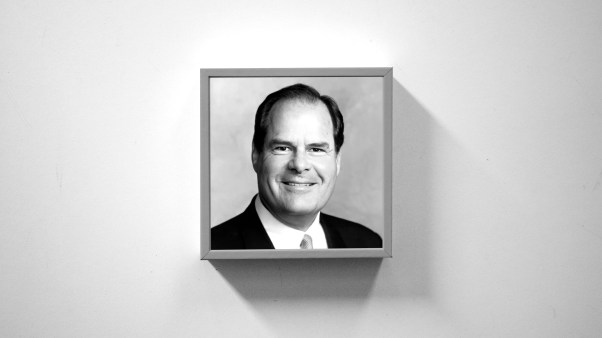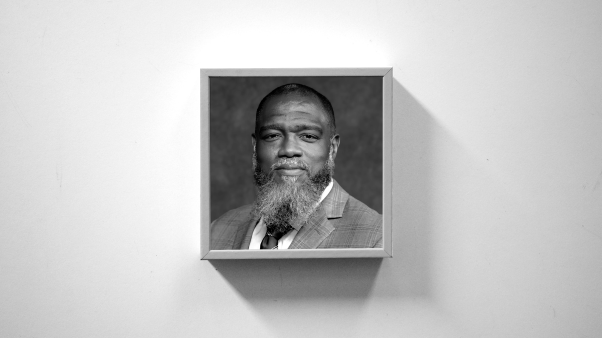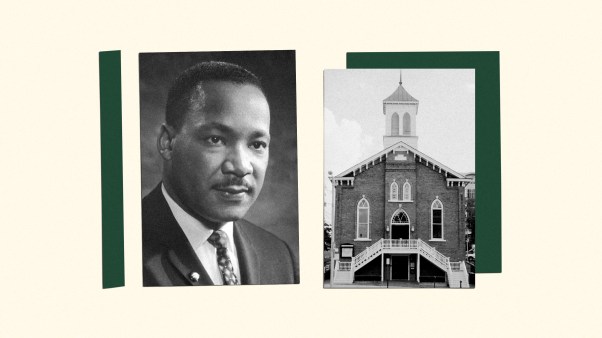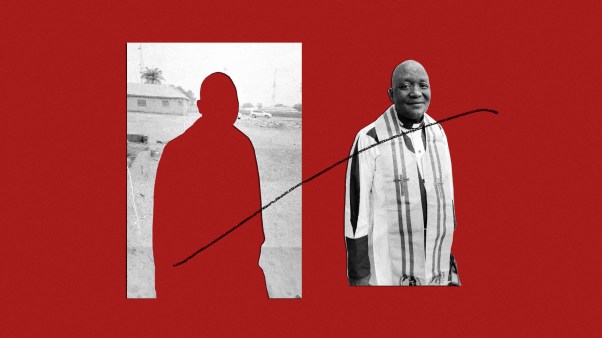Last year saw a curious item: the entire Bible on a hand-held computer. The technological wonder can look up chapters and verses instantly and project them on its screen, saving the reader from flipping pages. Whether or not this invention will replace printed Bibles, however, it pales before the technological breakthroughs of a German printer over five hundred years ago. Indeed, it is hard to imagine a modern church, or world, apart from the mass-produced printed page he made possible.
In Search of Efficient Printing
Christianity, following Judaism, has always been a religion of the Book. For centuries scribes dedicated themselves to copying the Scriptures by hand—primarily on papyrus or animal skin parchment. With the rise of monasteries, copying the Scriptures became the occupation for some monks. But it was truly a labor. The idea that every believer or family could have a Bible was unthinkable.
In the 1440s, the German Johann Gutenberg began experimenting with novel, mysterious ways of approaching printing. So did many other Europeans, all looking for a faster, cheaper way to produce books. Usually, if Europeans didn’t write by hand, they used hand stamps or woodcuts—an improvement, but still painfully slow. And the printing methods used in the Orient, primarily block printing, were unknown in Europe.
Gutenberg had an advantage: he was skilled in engraving and metal working. While living in Strasbourg, Gutenberg perfected several unique ideas: a hand-held mold that could adjust to cast any letter accurately and in large quantities; a durable tin alloy that melted and solidified quickly and without distortion; an oil-based ink; and a modified printing press. By about 1440, he had assembled the necessary components for mass-produced printing, but if he printed anything in Strasbourg, it has not survived.
By 1448, Gutenberg returned to his hometown of Mainz and borrowed money for his printing business. He failed to repay the sizable loans, and in 1455, his creditor and partner foreclosed, taking possession of Gutenberg’s typefaces for two projects underway: a Bible printed in forty-two lines per page, and a psalter. Thus, no printed material that bears Gutenberg’s name has survived. Nor is there an authentic portrait of him or a copy of his autograph.
The Famous 42-Line Bible
By the following August, however, a copy of Gutenberg’s forty-two-line Bible—specifically, Jerome’s Latin translation, the Vulgate—was completed. The Bible, which was printed simultaneously on six printing presses, was stunning. (See graphic in From the Editor.) Some collectors say this first printed book is also the most beautiful ever printed, and they pay astounding sums for the forty or fifty copies that survive of the original two hundred. Gutenberg’s typeface was not like ours; rather, it resembled the ornate handwritten letters the scribes had used for ages. Each chapter began with a large illuminated initial. Later, in the interest of economy, more straightforward typefaces developed—easier to cast, easier to read, but less beautiful.
Gutenberg’s techniques remained a guarded trade secret in Mainz—but not for long. By the time Martin Luther was born, in 1483, every large European country had at least one printing press. Within fifty years of Gutenberg’s first Bible, more copies of books were produced than in several of the previous centuries together.
Revolution and the Reformation
Gutenberg’s new process sparked a revolution in society and the church. Books could now be produced in quantities and at prices that made them available to many people, not merely to scholars and monks. The resulting explosion of knowledge continues to accelerate in our day.
In the church, the Protestant Reformation might have been impossible in the pre-Gutenberg age. (Indeed, the Reformation became, in some ways, a war of books, each party pointing out the errors of the others.) Everything the Reformers said about the priesthood of all believers was rooted in the assumption that people could have access to the Bible in their own language. Thus, Luther and the other Reformers worked to translate the Scriptures so that no priest, pope, or council needed to stand between the plowboy and the Word of God.
The chief book being printed was the Bible, thus spreading Christian teaching. As more were printed, more people became readers, and readers demanded more books, thus spreading literacy. And even for the illiterate, the Bible became more accessible, because the pastor could read from, and preach about, a Bible that was more readily available.
Christianity, the religion of the Book, was becoming universal in a new way. Religion did not have to end at the church door; thanks to the possession of Bibles, every household could become a training ground for faith.
Copyright © 1990 by the author or Christianity Today/Christian History magazine. Click here for reprint information on Christian History.
